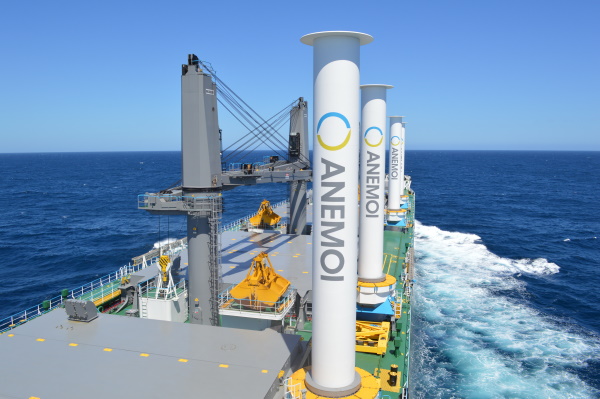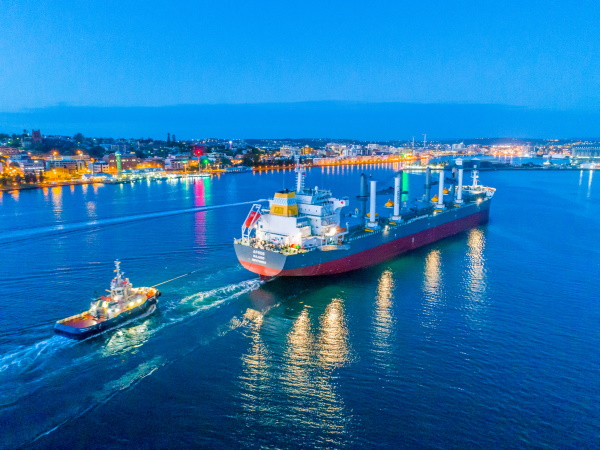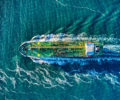Decarbonization remains the hot maritime topic this year as the clock ticks on reducing carbon intensity by 40 per cent. The need to comply with IMO 2030 is looming large for shipowners. Newbuild vessels are already expected to achieve compliance with the Energy Efficiency Design Index (EEDI). This initiative is designed to ensure newbuild vessels meet requisite levels of efficiency. But that’s not all. The Energy Efficiency Existing Ship Index (EEXI) is also on the horizon. This will impact all existing commercial vessels and is expected to come into force before 2023. Once in place, existing ships will need to achieve specific energy efficiency requirements.
For the existing global fleet to comply with EEXI, innovation within the maritime industry is going to be key. There isn’t a one-size-fits all solution but exploring non-fossil fuel energy sources should be a priority for shipowners. Solutions that provide additional thrust, while at the same time reducing operational expenditure and helping the environment, can only be positive. The abundance of wind energy delivered directly at source is a low hanging fruit to achieve efficiency today.
Wind of change
For centuries ships sailed without any fossil fuel backed propulsion. Of course, many modern commercial vessels are no longer suited to flexible or fixed sails in the traditional sense – although that doesn’t mean wind power can’t be utilized in 2021.
Anemoi Marine Technologies is passionate about harnessing the power of the wind again and believe Rotor Sails offer an immediate solution to support decarbonization. These unique tall, cylindrical sails can be installed on the upper deck of vessels. An electric motor is used to rotate the sails in order to harness the renewable power of the wind and propel the ship.
The aerodynamic phenomenon known as the ‘Magnus Effect’ delivers the magic. As the cylinder rotates within an airflow, a forward thrust force perpendicular to the apparent wind direction is created, which delivers additional thrust to the vessel when the wind direction is favorable. The thrust generated can either provide additional vessel speed or maintain vessel speed by reducing power from the main engine. The obvious benefit from this is less fuel burned and reduced emissions.

Photo Credit: Anemoi Marine
Inspired by history but delivering a modern shipping solution
Rotor Sails were first fitted to a ship way back in the 1920s. However, they failed to take off due to the emergence and low cost of diesel fuel. It’s a different story today and Anemoi has successfully reimagined the concept for 21st century shipowners.
Anemoi first fitted its Rotor Sails to a 64,000-dwt bulk carrier – MV Afros – in 2018. The market faces big challenges when it comes to compliance around EEDI, EEXI and CII. Nevertheless, vessels with ample deck space lend themselves brilliantly to Rotor Sail technology like large bulkers and tankers. They also tend to operate on trading patterns with predictable and strong winds.

Photo Credit: Anemoi Marine
Future proofing fleets
The shipping industry has a huge challenge to decarbonize. With emerging technologies, like Rotor Sails, becoming widely available and adopted in the market, wind can offer a solution to energy efficiency in the short, medium and long-term for both newbuild and retrofit. As other eco-technologies, energy-saving devices and alternative fuels become market ready, these can be used in conjunction with auxiliary wind propulsion to achieve enhanced environmental benefits.
Source: Anemoi Marine. For more information visit anemoimarine.com
